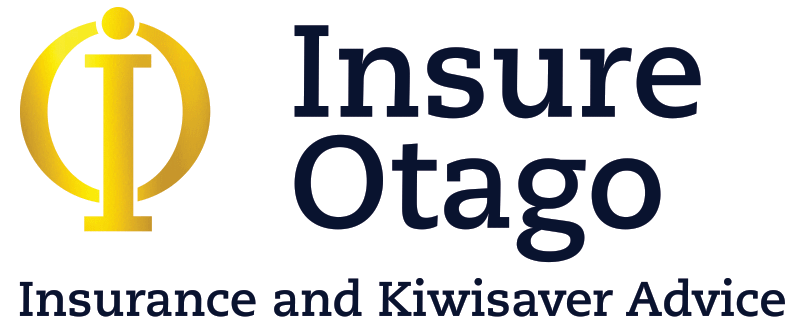If you’ve spent time anywhere near the New Zealand health system, you’ve probably heard of Pharmac. So, what does it mean that a treatment is ‘non-Pharmac’? And what happens if you need it? Read on for some key things to know.
What does Pharmac do?
In short, Pharmac is the agency that choose what medicines will be publicly funded and manages a budget for them. Interestingly, it’s the only agency in the world that does both of those things.
Pharmac bases its decisions on the medical evidence available as well as costs involved, and it currently funds about 1,000 different medicines, ranging from day-to-day medications to vaccinations and hospital treatments.
The system generally works OK at a population level, although one study published in 2021 found that New Zealanders had the least access to funded modern medicines out of all of the OECD countries. The reality is, Pharmac cannot cover everyone, and this makes certain treatments out of reach for many.
How much does it cost without Pharmac?
Unfunded medicines include things like treatments for prostate cancer and drugs for basal cell carcinoma.
It’s important to note that non-Pharmac treatments are Medsafe-approved, meaning they are safe to use and available for New Zealand patients. But they are not subsidised. They might be in the future, but even in the best-case scenario, it may take some time.
So, accessing treatments that are yet to be funded by Pharmac can be quite expensive. Without help from the Government, patients are faced with the cost paying for these medicines out of their own pocket, or turn to crowdfunding platforms to raise the funds.
For example, in one case that was covered the media in 2020, a man with bowel cancer was told he could expect to live another 30 to 40 months if he took a non-Pharmac drug alongside chemotherapy. But it would cost $50,000.
A treatment for Crohn’s disease could help people avoid needing surgery that would see them end up with a colostomy bag, but would cost $35,000 for the first year of treatment. Even continuous glucose monitors, which help people with diabetes, cost about $400 a month.
The good news: Health insurance can help
The good news is that you can protect yourself against some of this cost with insurance that covers non-Pharmac treatments. Many insurers offer this as an option, and it can relieve a major source of stress, allowing you to focus on your health instead of trying to get money together to pay for an unfunded treatment.
Non-Pharmac cover is sometimes offered as an add-on that can be added to other policies, or available as part of other protection.
But remember: the amount of cover that is available can vary a lot across different insurers. So, whether you already have health insurance or would like to explore your options, get in touch: we can help you understand what’s included in your policy.
Like to talk?
If you’d like the peace of mind of knowing that you are covered if you need non-Pharmac medicines, get in touch with us today. We can explain your options.
Disclaimer: Please note that the content provided in this article is intended as an overview and as general information only. While care is taken to ensure accuracy and reliability, the information provided is subject to continuous change and may not reflect current developments or address your situation. Before making any decisions based on the information provided in this article, please use your discretion and seek independent guidance.

